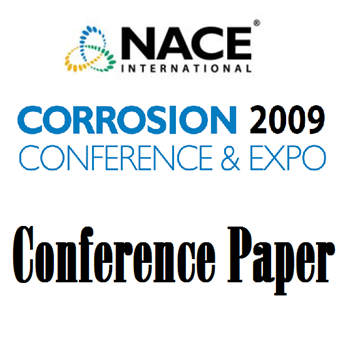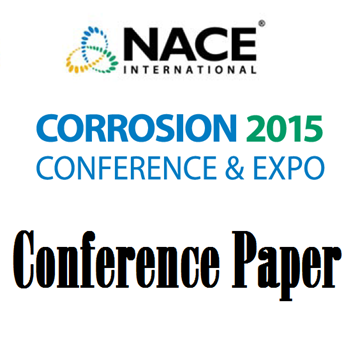Search
11247 Erosion-Corrosion Failures in Wellhead Chokes
Also Purchased
09479 Erosion-Corrosion Failure of a Carbon Steel Pipe Elbow - A Case Study
Product Number:
51300-09479-SG
ISBN:
09479 2009 CP
Publication Date:
2009
$20.00
Erosion-Corrosion Study of Oilfield Materials Due to Liquid Impact
Product Number:
51315-6136-SG
ISBN:
6136 2015 CP
Publication Date:
2015
$20.00
03319 EROSION-CORROSION MITIGATION USING CHEMICALS
Product Number:
51300-03319-SG
ISBN:
03319 2003 CP
$20.00
Recently viewed




